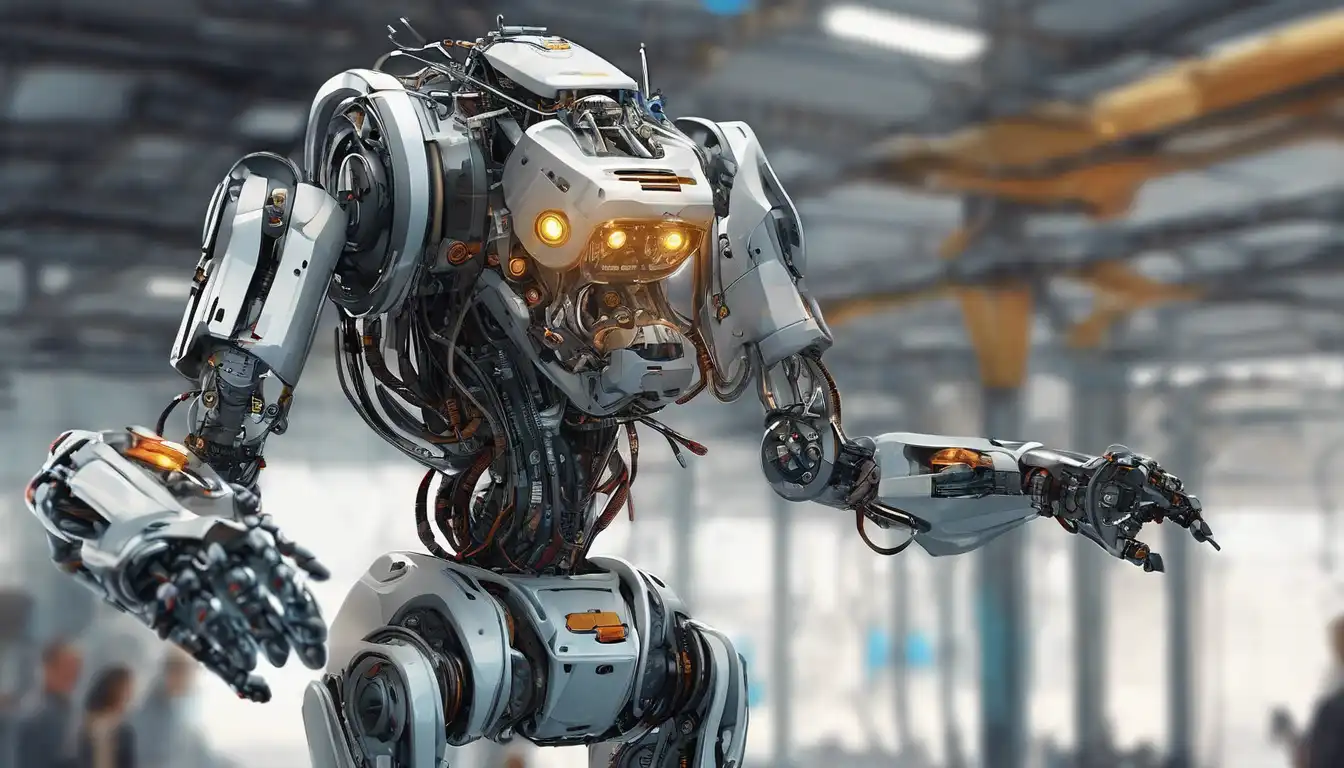Introduction to Robotics
Robotics represents a fascinating intersection where technology and innovation converge to create machines capable of performing tasks autonomously or semi-autonomously. This field has evolved dramatically over the years, from simple mechanical devices to complex systems integrated with artificial intelligence (AI) and machine learning. Today, robotics is at the forefront of technological advancement, influencing industries ranging from manufacturing to healthcare.
The Evolution of Robotics
The journey of robotics began with the creation of mechanical automata in ancient times. However, the modern era of robotics started in the 20th century with the development of programmable machines. The introduction of computers and microprocessors has since propelled robotics into new heights, enabling the creation of robots that can learn, adapt, and perform tasks with minimal human intervention.
Current Trends in Robotics
Today, robotics is characterized by several key trends, including the integration of AI, the rise of collaborative robots (cobots), and the increasing use of robotics in service industries. These advancements are not only enhancing efficiency and productivity but are also opening up new possibilities for innovation across various sectors.
Applications of Robotics
Robotics has found applications in numerous fields, demonstrating its versatility and potential. Some of the most notable applications include:
- Manufacturing: Robots are widely used in assembly lines for tasks such as welding, painting, and packaging.
- Healthcare: Surgical robots and rehabilitation devices are revolutionizing patient care.
- Agriculture: Autonomous tractors and drones are optimizing farming practices.
- Exploration: Robots are exploring environments that are hazardous or inaccessible to humans, such as deep sea and outer space.
The Future of Robotics
The future of robotics is incredibly promising, with ongoing research focusing on enhancing AI capabilities, improving human-robot interaction, and developing more sustainable and energy-efficient robots. As technology continues to advance, the potential applications of robotics are bound to expand, further blurring the lines between science fiction and reality.
Conclusion
Robotics stands as a testament to human ingenuity and the relentless pursuit of innovation. By combining technology with creativity, robotics continues to push the boundaries of what is possible, offering solutions to some of the world's most pressing challenges. As we look to the future, the role of robotics in shaping our world is undeniable, promising a future where technology and human potential are limitless.
